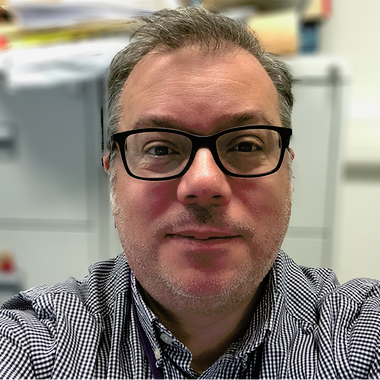Abstract
The laboratory information management system (LIMS) is an important repository of healthcare data. There are billions of points of diagnostic information across many healthcare domains in a typical LIMS.
The LIMS fulfils many roles in the laboratory e.g. managing and running the laboratory. However, laboratories are information generators for patient records and LIMS need to take a more active role extracting value out of all tests and ensuring that those patient records are populated with high quality, actionable and transferable information.
eGFR and AKI scoring are simple examples of where valuable information is extracted out of simple tests. This type of functionality is likely to expand and be in bigger demand. The LIMS need to support this activity.
The key to unlocking this data is structured data which is coded to recognised standards.
×

Craig Webster
Director of Pathology, University Hospitals of Birmingham NHS Foundation Trust
Craig started his career at Leeds General Infirmary in 1991 as a trainee in Clinical Biochemistry. Subsequently, he has worked at Broomfield Hospital Chelmsford, Nottingham City Hospital and latterly University Hospitals Birmingham. Currently he is the pathology director for University Hospitals Birmingham and oversees a large multi-disciplinary pathology service.
Craig's background has been as a general clinical biochemist, but specialising in endocrine disorders of hypertension. He has developed a number of novel methods on a variety of platforms including capillary electrophoresis and tandem mass spectroscopy. He has been involved and researched effective mechanisms for the use of laboratory services – “smart” electronic requesting and visualisation of laboratory results. He believes IT is a fundamental foundation for any service provision and has participated in a number of national IT projects such as GP connect and Inter-laboratory communication with Dr Rick Jones. David has been asked to speak on IT topics at both national and international meetings and he is able to program in a number of languages (C#, JavaScript and Ruby) and has developed his own commercial applications both on iOS and the World Wide Web.
